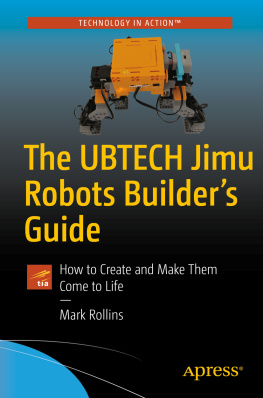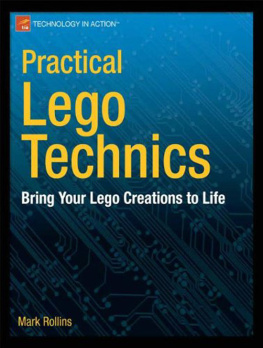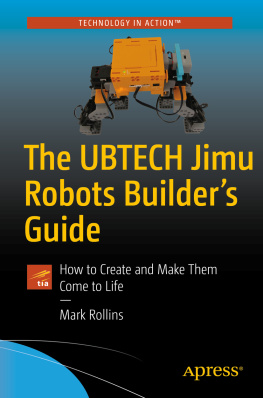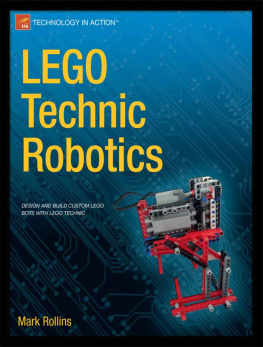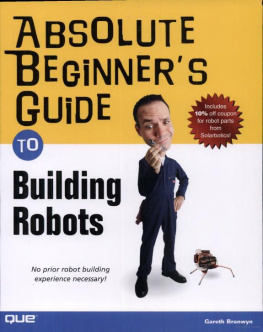We live in an age that was science fiction only decades ago. Clearly this technological and information age began with the necessity of a computer in every business and household. Now, computers that were once the size of houses have been miniaturized into a smartphone with easy-to-use apps that are accessible to almost every consumer. Surely this younger generation, being raised by this ever-advancing technology, needs to be prepared for even greater technological achievement.
Fortunately, there is a way to make the next generation advance to the next technological level with hands-on training with actual and applicable technology. This is where STEM education comes in.
STEM Education
STEM is one of those buzzwords that is making its way just about everywhere in higher and lower education. STEM is an acronym for Science, Technology, Engineering, and Mathematics, and it has become an umbrella term for any kind of educational curriculum that is very hands-on when it comes to science and technology. For example, a typical STEM program would have an emphasis on having students programming and building robots.
Introduction to Jimu Robots and UBTECH
UBTECH (pronounced You-Be-Tech) Robotics is a company born out of Shenzhen in China. In the companys own words: UBTECH Robotics is dedicated to bringing a robot into every home and integrating intelligent robots into your daily life, creating a more intelligent and human-friendly way of leisure life.
UBTECH developed Jimu Robots as something of a toy, but it is easily something that adults can use. In fact, building even the most basic Jimu Robots constructions can be seriously challenging to both children and adults.
Using the Jimu Robots pieces that fit together, as well as Servos that can literally power a creation, the user can create many machines or robots that can be programmed to do all sorts of actions. It is possible for the user to sync their creations with a smartphone or tablet, in order to take control of them with a common mobile device.
What This Book Is
This is a book that is about how to build with Jimu Robots. Within these pages are several creations that you can build, and also instructions on how to program them to do all kinds of commands at the touch of a button. The user can use this information to learn more about programming and coding as well.
The best part about the creations within this book is that they are very basic, and I mean that in two ways. First, they are very simple to build, and the instructions are mostly pictures with written directions for the details. Second, many of the creations can be applied to other creations that the user/reader can create on his or her own. For example, Chapter details how to make a four-wheeled creation, which can easily be applied to making bigger or smaller four-wheeled creations without literally having to reinvent the wheel.
In the end, I hope that the reader gains a better understanding of how to build and program their Jimu Robots creations, which will advance their technological intellect. I would love it if you, the reader, is later inspired to create the next automobile, microwave, smartphone, or whatever technology that we cant live without in the future.
What This Book Is Not
If you flip through this book, you will notice a lot of illustrations. Yes, this is a book that shows you how to build your own interesting creations, but honestly, you are required to take the next step.
In other words, dont limit yourself to the instruction manual like Will Ferrells human character in The Lego Movie . Yes, I will show you how to build things like wheeled vehicles and walking robots, but you will get much more of an experience from this book if you use the methods to develop your own creations.
With Jimu, you can bring your imagination to life! However, I am going to deliver a warning that in addition to the building, which is already very hard, there is an element of programming that can sometimes be a lot harder. If you have ever programmed anything before, then you know that there is more to programming than just creating a program that can run. After all, you might end up creating a program that does not do exactly what you programmed it to do, because you unintentionally programmed it to do something else. In other words, garbage in, garbage out.
Most of the problems that you will have with your creations can be solved by building and rebuilding, but I wont lie when I tell you that it can be a difficult and time-consuming process.
Similarities and Differences Between Jimu Robots and LEGO Technic/MINDSTORMS
Even though this section of this chapter could be edited out of my final draft, I felt that this topic is worth brining up. On the surface, Jimu Robots may look like certain pieces of LEGO with their Technic or MINDSTORMS editions .
If you are not familiar with the LEGO Technic or the MINDSTORMS collections, they are specialized parts that reject the traditional blocks and slate pieces with their studs (the circular bumpy parts with the LEGO logo) for beams, connectors, axles, and other parts that I will define later.
I bring this up because I have written three books devoted to LEGO Technic and MINDSTORMS EV3. And if you are interested in those for STEM education, here are the titles.
Practical Lego Technics (Apress, 2013)
LEGO Technic Robotics (Apress, 2013)
Beginning LEGO MINDSTORMS EV3 (Apress, 2014)
Please understand that just because I have written three books on LEGO and just this one book on Jimu Robots, I am not saying that any construction kit is better than the other. I found that both of these construction kits are similar and different, and I can honestly say that I enjoyed working with them equally.
The Differences Between Jimu Robots and LEGO
The first thing I am going to say is something that I want to make clear: LEGO AND JIMU ROBOTS ARE NOT COMPATIBLE!!!
Yes, there are beams, connectors, and axles that are very like LEGO, but I tried them out, and I cant make the pieces fit together. The LEGO pieces are slightly bigger than the Jimu Robots pieces, and this difference is obvious when they are put side by side.
I also have no intention of trying a workaround to get them to work. Its like using metric tools for British standard units, so pick one or the other. Another one of the biggest differences is how some of the pieces fit together. The Jimu Robot kits have some pieces that can slide (for lack of a better word) together, which are not found in LEGO at all. Jimu Robots calls these pieces connectors, and they also snap together and come apart with the ease of the other kinds of pieces.
The Similarities Between Jimu Robots and LEGO
As I have said before, Jimu Robots and LEGO have pieces that look the same. They have straight beams that always have an odd-number of holes, to insert fasteners (tiny pieces that can join beams together). Overall, most of the pieces of Jimu Robots, with the exception of the sliding pieces (connectors) have the same look and function as LEGO pieces.
Jimu Robots has a Main Control that is like the EV3 control box, but unlike the EV3 control box, the Main Control (MC) Box has no buttons for control and must be controlled via smartphone or a tablet, thanks to the iOS and Android apps.
The Jimu Robots also have motors that come in the form of Servos, which can be programmed to spin or rotate from 118 degrees to 118 degrees, as well as be controlled to specific speeds. The motors for Jimu Robots are smaller than the ones for LEGO MINDSTORMS , and they also have a distinct way that they need to be oriented, which I will explain in later chapters. These motors require a wired connection to the MC Box to function, and a switch is required to be connected for the MC Box to work.

